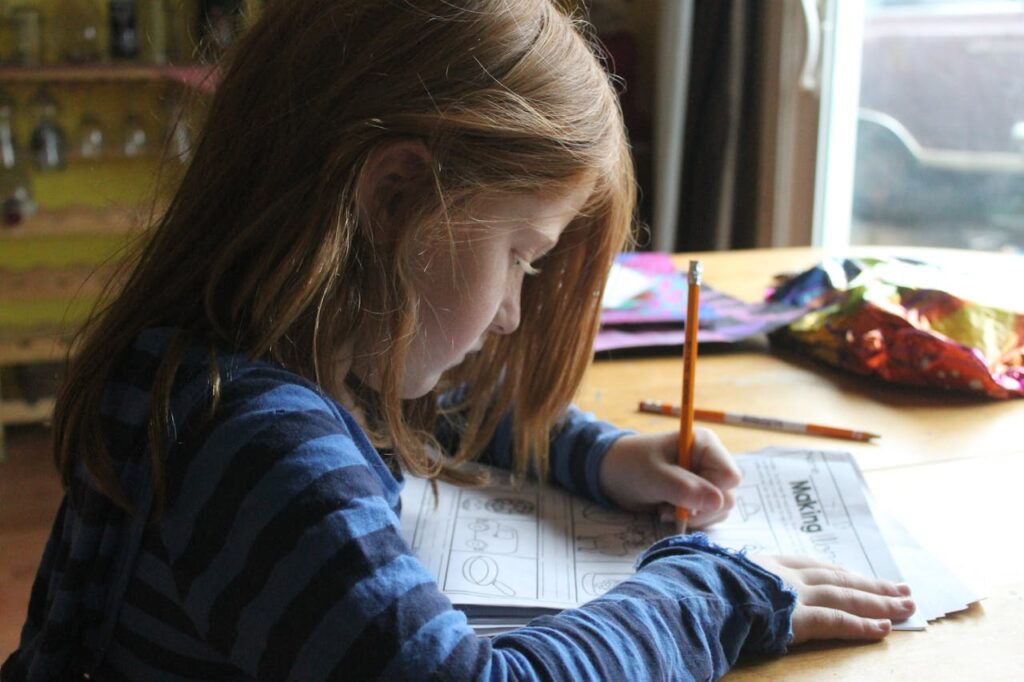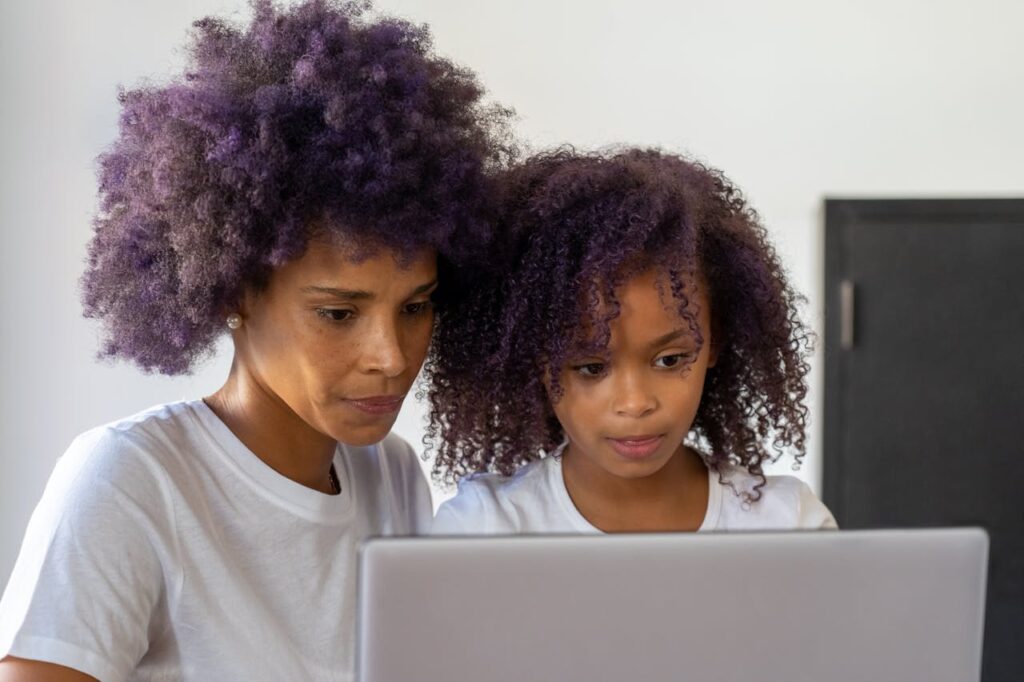So, what’s your opinion? Should schools rethink homework in the AI era, or stick to traditional methods? Feel free to share this article with colleagues and friends by copying the following link:


We all remember our school days. Nearly everyone, at least once, copied a friend’s assignment, dug through a solution guide, or teamed up in secret to tackle a tough problem. Back then, cheating still required some effort—flipping pages, discussing strategies with classmates, and referencing multiple sources.

With the internet, it became easier to find pre-written essays and step-by-step solutions. But today, AI has taken it to a whole new level: A single command like “rewrite this text with different words but keep the same meaning” can produce a polished, “original” essay in seconds. Students no longer have to adapt material themselves; the algorithm does it for them.
AI in the Classroom: Myths, Reality, and the Future dives deeper into how artificial intelligence is changing every aspect of education. The big question is whether homework can—and should—survive in this new er
Let’s face it — just as students once hid cheat sheets under their desks, today’s students will use AI to complete their assignments.
The difference? They don’t even have to think about adapting the material. AI tools like AI voice-to-text, AI-powered personalized education systems, and AI video translation make it ridiculously simple to generate, edit, and present work in a polished, effortless way.
Instead of resisting, maybe it’s time to accept the reality: AI isn’t going anywhere. So, what do we do?

The question of whether homework is still relevant is a tough one because education models vary greatly. Some schools have minimal classroom hours and expect students to learn independently at home. Others are packed with extracurricular activities, leaving little time for extra assignments.
But if students are simply outsourcing their work to AI, does homework still serve a purpose? Or should we change the way we assign homework altogether?

If students are going to use AI anyway, why not make it part of the learning process? Instead of banning AI, teachers can require students to document their AI usage:
Mastering how to work with AI is a necessary skill for both now and the future. By integrating AI education tools into assignments, teachers ensure students aren’t just passively accepting answers but are actively engaging with the technology.
Not all assignments can (or should) be done with AI. Tasks that require real-world interaction, personal interpretation, or teamwork are harder for AI to complete effectively. Consider:
By shifting the focus to interactive and skill-based learning, schools can keep students engaged in meaningful ways that AI can’t replace.
Teachers aren’t immune to the benefits of AI. Tasks like grading multiple-choice quizzes or generating quick reading materials can eat up hours. 3 AI Tools for Teachers: Delegate Presentations & Tests highlights how educators can reclaim valuable time by offloading routine work to AI systems, then invest that time back into more personalized lesson plans or one-on-one mentoring.

AI is here to stay. The question is, will education evolve with it?
Instead of resisting AI, educators should rethink their approach:
Homework isn’t dead — it just needs to evolve. Schools that embrace AI for personalized education will be the ones best prepared for the future.
Frequently Asked
We prodive VR biology, VR physics, and VR chemistry simulations. Please, check our catalog.
Please, fill the form to get demo labs for free.
Please contact our customer support service at support@xreadylab.com or book a call with the team to find out the conditions and book the VR class set up at your school.
Subscription to XReady Lab interactive VR labs. If you are a school, then you are also given access to the VR classroom system. VR class system helps you easily launch VR lessons for a large number of students, follow the experience of each student, as well as customise the content without developers.
We adhere to the world’s generally accepted recommendations and research. Our products are suitable for children from 12 years old.